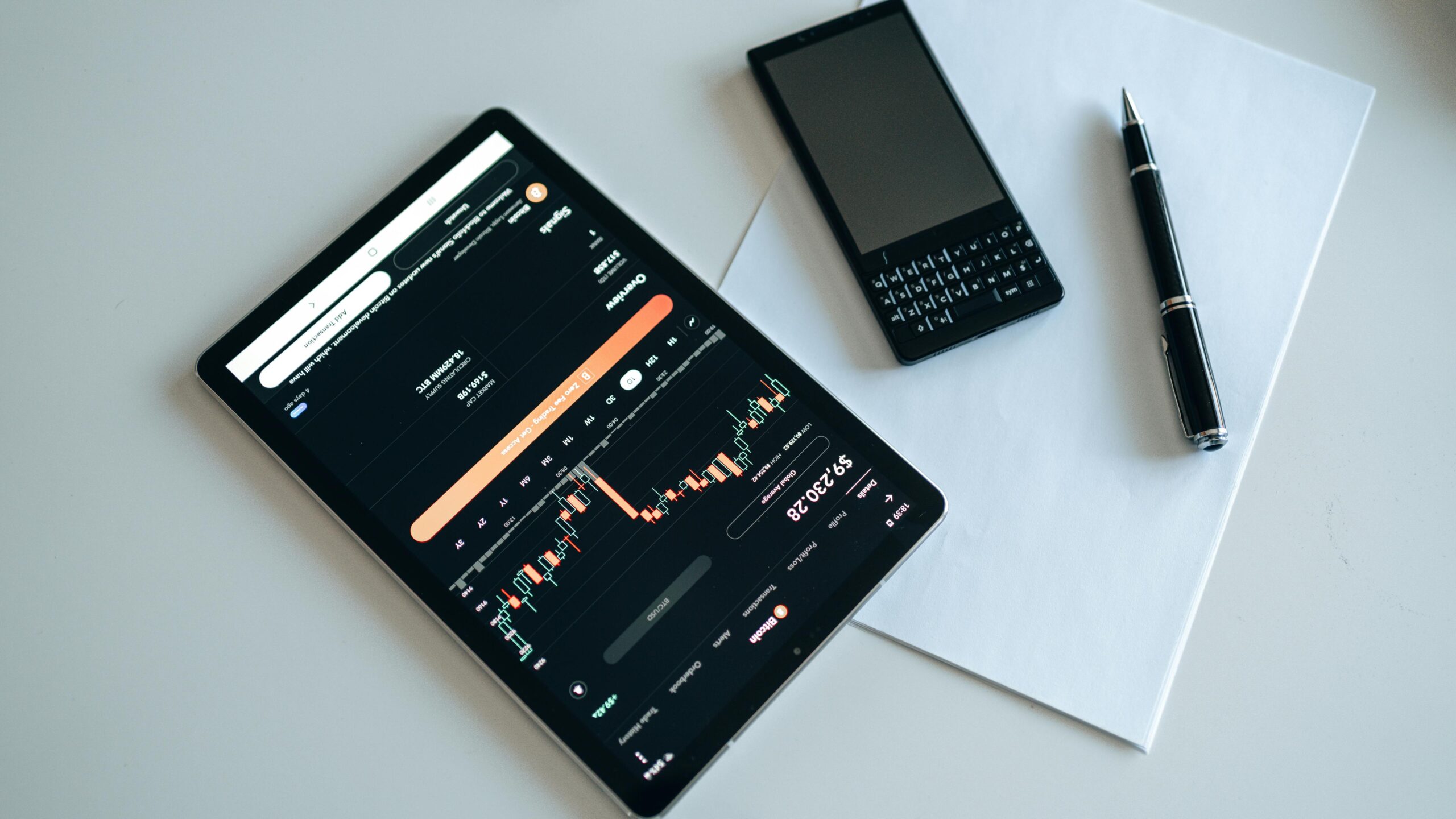Dropshipping has become one of the most accessible and scalable business models for aspiring entrepreneurs.
No inventory. No upfront costs. Just a well-curated product, a solid marketing strategy, and a working understanding of how to manage your money .
But while many people start dropshipping businesses, few understand what it takes to build one that is truly profitable — and sustainable.
This article breaks down the financial structure of a successful dropshipping store , covering:
- Startup costs and budgeting
- Revenue vs profit: what really matters
- Key metrics like ROAS, AOV, CAC, and LTV
- Cost management strategies for scaling
- Real-world examples from top-performing Shopify and WooCommerce stores
Let’s explore how to build a financially sound dropshipping business — from launch to growth.
Understanding the Core Financial Structure
A profitable dropshipping business doesn’t run on product selection alone — it runs on smart financial planning.
Here’s a breakdown of the core financial components:
1. Startup Costs
Contrary to popular belief, dropshipping isn’t free. You’ll need to invest in:
- Domain and hosting (if self-hosted)
- eCommerce platform subscription (Shopify, BigCommerce, etc.)
- Store design or theme customization
- Initial ad spend for testing
- Product sourcing tools or apps
- Email marketing software
For most new sellers, startup costs range from $50–$300 , depending on whether you use managed services or build yourself.
2. Revenue Streams
Your revenue comes from:
- Product sales
- Upsells and cross-sells
- Email-driven repeat purchases
- Retargeting ads on abandoned carts
However, not all revenue is equal. We’ll dive deeper into real profitability next.
3. Profit Margins
While revenue might look promising, net profit is where most dropshippers fail.
Key expenses include:
- Advertising (Facebook, Google, TikTok)
- Product cost + shipping
- Platform fees
- Payment processing fees
- Customer service tools
Therefore, understanding the difference between revenue and actual profit is crucial to long-term success.
Revenue vs. Profit: The Critical Difference
Many new dropshippers confuse revenue with profit — and that’s where they go wrong.
Here’s a simple comparison:
| Metric | Definition | Example |
|---|---|---|
| Revenue | Total income from sales | $10,000 in monthly sales |
| Cost of Goods Sold (COGS) | Product cost + shipping | $4,006 |
| Advertising Spend | Facebook/Google/TikTok ads | $2,500 |
| Platform & Tools | Shopify, Klaviyo, Oberlo | $300 |
| Payment Processing Fees | Stripe/PayPal fees | $300 |
| Net Profit | What’s left after all costs | $2,894 |
In this example, while the store generated $10,000 in sales, only 28.9% was actual profit .
As a result, focusing solely on revenue is misleading — real success lies in managing expenses and maximizing net returns.
Key Financial Metrics Every Dropshipper Must Track
To stay profitable, track these essential KPIs:
1. ROAS (Return on Ad Spend)
Measures how much revenue you generate per dollar spent on advertising.
ROAS = Revenue from Ads / Ad Spend
Aim for at least 3:1 — anything below means you’re losing money.
2. AOV (Average Order Value)
The average amount a customer spends per transaction.
AOV = Total Revenue / Number of Orders
Higher AOV improves profitability without increasing traffic.
3. CAC (Customer Acquisition Cost)
How much you pay to acquire a single customer through ads.
CAC = Total Ad Spend / New Customers Acquired
If your CAC exceeds the value of a customer, you’re in trouble.
4. LTV (Lifetime Value of a Customer)
Estimates how much a customer will spend over time.
LTV = Average Purchase Value × Purchase Frequency × Customer Lifespan
High LTV allows for higher CAC — and better long-term margins.
5. Gross Margin
The percentage of revenue left after subtracting COGS.
Gross Margin = (Revenue – COGS) / Revenue
A healthy gross margin should be around 50–70% , depending on product type and niche.
Therefore, tracking these metrics helps you optimize spending, improve conversions, and scale intelligently .
Where Most Dropshippers Go Wrong Financially
Even with a great product and high traffic, many dropshipping businesses fail — and often, it’s due to poor financial management.
Here are the most common mistakes:
1. Ignoring Real Profit Margins
Focusing only on sales volume and ignoring true costs leads to false confidence.
You may see high revenue — but if your ad spend eats up half of it , you’re not making money — you’re burning it.
2. Overlooking Hidden Expenses
From transaction fees to customer support tools , many dropshippers forget to account for small recurring costs — which can eat into profits over time.
3. Scaling Too Fast
Spending heavily on ads before validating product-market fit is risky. Many stores burn through thousands in ad spend before realizing their product isn’t converting.
4. Not Tracking Funnel Performance
Without funnel analytics, you don’t know where customers drop off — and where to optimize.
Likewise, failing to measure conversion rate, cart abandonment, and bounce rates makes it impossible to improve performance.
5. Underestimating Returns and Refunds
Especially with fashion, beauty, and home goods, return rates can be as high as 20–30% — eating into profits if not planned for.
Therefore, tracking every cent and every conversion is essential for survival — and scalability.
Building a Profitable Dropshipping Model: Step-by-Step
Want to build a dropshipping business that actually turns a profit?
Follow this financial blueprint:
Step 1: Set a Realistic Budget
Start lean. Allocate funds carefully.
Example:
- Shopify Plan: $29/month
- Theme/Design: $200
- First Month Ad Spend: $500
- Email Marketing Tool: $10/month
- Total: ~$750
This gives you room to test — without overspending.
Step 2: Select High-Margin Products
Focus on products with:
- Low supplier cost
- High perceived value
- Strong upsell potential
Look for items with at least 50% gross margin to cover advertising and operational costs.
Step 3: Test One Product at a Time
Avoid launching too many SKUs early on. Test one product until you hit:
- Stable ROAS (3:1+)
- Acceptable CAC (<$20)
- Conversion rate above 1%
Only then should you expand.
Step 4: Optimize Your Funnel
Use tools like:
- Google Analytics 4 (GA4)
- Meta Pixel
- Klaviyo or Mailchimp for post-purchase follow-up
- Oberlo or Spocket for smooth order fulfillment
Every part of your funnel must be optimized — from landing page load time to checkout experience.
Step 5: Track and Adjust Weekly
Review:
- Ad performance
- Product margins
- Conversion funnels
- Customer retention
Make data-driven decisions — not emotional ones.
Step 6: Reinvest Smartly
Once you’ve validated a product and found a winning funnel, reinvest in:
- Retargeting campaigns
- Email sequences
- Content creation
- Product bundles
Don’t just chase more traffic — chase better-performing traffic .
Therefore, building a profitable dropshipping business is less about finding a viral product — and more about smart financial habits and disciplined growth .
Financial Optimization Strategies for Dropshipping
Here are practical ways to improve your bottom line:
1. Negotiate Better Supplier Rates
Once you’ve proven demand, reach out to suppliers to request bulk pricing or wholesale discounts .
Even a 5% reduction in COGS can significantly boost margins.
2. Increase AOV Through Bundling
Offer bundles or upsells during checkout.
Instead of selling one item for $30, offer two for $45 — increasing both revenue and profitability.
3. Reduce CAC Through Audience Targeting
Use custom audiences and lookalike targeting to reduce wasted ad spend.
Target those who’ve already shown interest — and convert them faster.
4. Automate Customer Retention
Use email flows to:
- Offer related products
- Encourage reviews
- Send discount codes for future purchases
Repeat buyers have a much lower CAC — so treat them well.
5. Use UGC (User-Generated Content) to Lower Ad Costs
UGC builds trust — and lowers reliance on expensive creative development.
Encourage customers to leave reviews and share photos — and reuse that content in ads.
Psychological Triggers That Improve Financial Outcomes
Dropshipping isn’t just numbers — it’s psychology.
Here’s how mindset plays a role in financial success:
| Trigger | Impact |
|---|---|
| Scarcity | “Only 50 left” increases urgency |
| Social Proof | Reviews and testimonials reduce friction |
| Loss Aversion | People hate missing out — use limited-time offers |
| Commitment Bias | Once someone clicks, they’re more likely to buy |
| Reciprocity | Offering a freebie or guide increases engagement |
| Anchoring | Show original price vs discounted price to increase perceived value |
Therefore, psychology drives purchasing behavior — and smart marketers use it to increase conversion and reduce waste .
Real-World Dropshipping Financial Benchmarks
Here’s a snapshot of what successful dropshipping businesses report when they hit profitability.
| Metric | Healthy Benchmark |
|---|---|
| ROAS (Return on Ad Spend) | 3:1 – 5:1 |
| Conversion Rate | 1% – 3% |
| Customer Lifetime Value (LTV) | $50 – $150 |
| Customer Acquisition Cost (CAC) | <$20 |
| Break-even Point | 3–6 months |
| Monthly Revenue | $5,000 – $50,000+ |
| Monthly Profit | $1,500 – $20,000+ |
These benchmarks vary by niche, platform, and market — but they provide a realistic picture of what it takes to succeed.
Furthermore, many successful dropshippers transition to private labeling or brand-building once they validate a product — turning short-term wins into long-term assets.
How to Scale Without Breaking the Bank
Scaling a dropshipping business requires discipline, automation, and smart financial planning .
Here’s how to do it right:
1. Automate Fulfillment and Support
Use tools like:
- Zendesk or Gorgias for customer service
- Printful or Spocket for order automation
- Shopify Flow or Zapier for workflow integration
Automation reduces overhead and supports growth without hiring a full team.
2. Use Data to Guide Expansion
Before launching new products, analyze:
- Past product performance
- Ad spend efficiency
- Return rates
- Repeat purchase frequency
Data tells you what works — and what to avoid.
3. Diversify Platforms
Once you’ve validated a product on Shopify , try expanding to:
- Amazon FBA
- WooCommerce
- TikTok Shop
- Etsy (for niche products)
Cross-platform listings help you capture more buyers — and reduce dependency on a single channel.
4. Build an Email List Early
Email is one of the highest ROI channels in dropshipping.
Collect emails from day one using:
- Popups
- Free guides
- Discount triggers
- Post-purchase follow-ups
Each email represents a warm lead — and a chance to sell again.
Platform-Specific Tips for Shopify & WooCommerce Dropshippers
Depending on your platform, your financial optimization strategies may differ slightly.
For Shopify Users :
- Use Shopify Balance for better cash flow visibility
- Integrate Shopify Email or Klaviyo for retention
- Leverage Shopify Flow for automated workflows
- Use Shopify POS if transitioning to physical inventory later
For WooCommerce Users :
- Install WooCommerce Payments or Stripe for smoother transactions
- Use plugins like Oberlo or Printful for dropshipping setup
- Monitor site speed — slow pages = lost sales
- Consider managed hosting once traffic increases
Both platforms offer powerful tools — but success depends on how you manage the money behind them.
Calculating Profitability: A Real-Life Breakdown
Let’s say you’re running a Shopify dropshipping store with the following numbers:
| Metric | Amount |
|---|---|
| Monthly Revenue | $10,000 |
| Product Cost | $4,000 |
| Shipping | $1,000 |
| Ad Spend | $2,500 |
| Shopify Subscription | $29 |
| Email Marketing | $10 |
| Payment Processing | $300 |
| Customer Service Tools | $100 |
| Total Costs | $7,939 |
| Net Profit | $2,061 |
That’s a 20.6% profit margin — which is good for a growing dropshipping store.
However, if ad spend jumps to $4,000 and product cost rises to $5,000 — you’re suddenly operating at a loss.
Therefore, staying profitable means constant monitoring and adjustment — not just hoping things work out.
Practical Checklist for Financial Success in Dropshipping
Use this checklist to ensure your dropshipping business remains financially viable:
Track ROAS weekly
Know your CAC and LTV
Keep gross margin above 50%
Limit product testing to 1–2 at a time
Automate wherever possible
Build an email list from Day 1
Reinvest in top-performing products
Watch for rising supplier costs
Don’t scale until you break even
Audit your funnel monthly
Following this checklist ensures you grow with control — not chaos.
Tools That Help You Stay Profitable
Here are key tools for dropshipping financial health:
| Tool | Purpose | Benefit |
|---|---|---|
| Klaviyo | Email marketing | Drives repeat sales |
| Google Analytics 4 (GA4) | Behavior tracking | Understands buyer journey |
| SurferSEO / Clearscope | SEO content strategy | Increases organic traffic |
| Printful / Spocket | Dropshipping integrations | Streamlines fulfillment |
| Meta Business Suite | Ad management | Centralized campaign control |
| QuickBooks Online | Bookkeeping | Tracks income and expenses |
| PayPal / Shopify Balance | Payouts and transfers | Transparent financial flow |
Integrating these tools ensures you’re not flying blind — and keeps your finances in check.
Frequently Asked Questions
Q: Is dropshipping still profitable in 2025?
A: Yes — but only with a clear financial strategy and disciplined spending.
Q: What’s the biggest financial mistake new dropshippers make?
A: Not tracking real profit. They focus on sales instead of net income.
Q: Can I run a dropshipping business with low ad spend?
A: Yes — but expect slower growth. Focus on organic traffic and retention.
Q: Should I switch to private labeling eventually?
A: If a product proves successful, yes. It boosts branding and margins.
Q: Do I need a merchant account or special banking?
A: While not required, having a business bank account is highly recommended for clarity and tax purposes.
Final Thoughts: Profitability Starts With Clarity
Dropshipping isn’t a shortcut to wealth — it’s a numbers game wrapped in psychology, marketing, and logistics .
And the difference between a failing store and a profitable one isn’t just traffic — it’s financial discipline.
So ask yourself:
“Am I chasing sales — or building real profit?”
“Do I know my true margins — or am I guessing?”
Because ultimately, a profitable dropshipping business isn’t built overnight — it’s built with intention, insight, and a strong financial foundation .
And once you master the numbers, the rest becomes easier.










